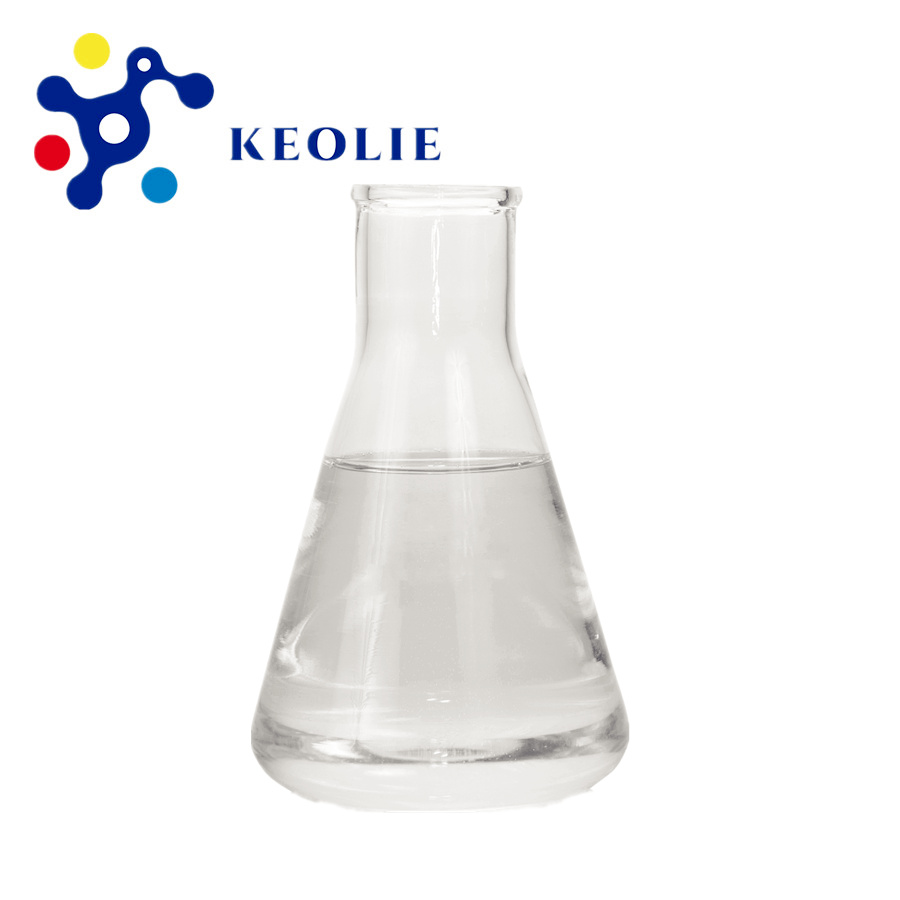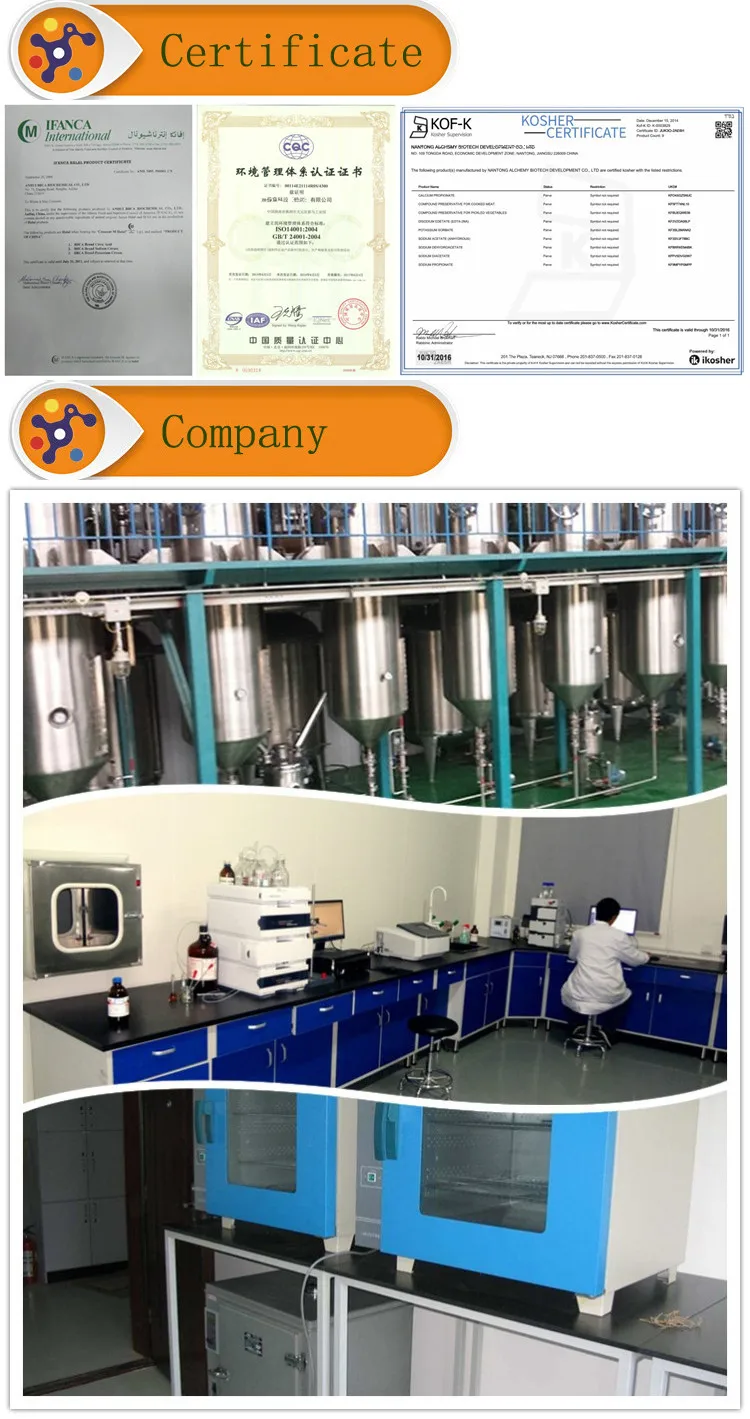
25-499 Kilograms
$10.00
500-999 Kilograms
$9.00
≥1000 Kilograms
$5.00
Keolie Supply liquid aminomethyl propanol AMP Aminomethyl propanol is a synthetic ingredient that functions as a buffer to adjust the pH of cosmetics and personal care products.
Aminomethyl propanol is a synthetic ingredient that functions as a buffer to adjust the pH of cosmetics and personal care products.
Aminomethyl propanol (AMP) is defined in the International Cosmetic Ingredient Dictionary and Handbook as a substituted aliphatic alcohol. It can also be classified as an alkanolamine, which means that its structure contains both hydroxyl (-OH) and amino (-NH2) functional groups on an alkane backbone. It can be synthetically produced by the hydrogenation of 2-aminoisobutyric acid or its esters. Aminomethyl propanol is soluble in water and is about the same density as water.
Name:2-amino-2-methylpropan-1-ol CAS Number:124-68-53 EINECS:204-709-8 Appearance:pale yellow to amber brown liquid to solid (est) |
Specification Molecular Weight:89.13787000 Formula:C4H11N O Specific Gravity:0.93400 @ 25.00 °C. Melting Point:24.00 to 28.00 °C. @ 760.00 mm Hg Boiling Point:165.00 to 166.00 °C. @ 760.00 mm Hg PH Number:9.00to 10.50 Flash Point:154.00 °F. TCC ( 68.00 °C. ) |

Usage: AMP-95 is widely recognized as a PH Regulator, multifunctional additive for all types of daily chemical products, latex paints, etc.
In cosmetics and personal care products, aminomethyl propanol is used in the formulation of creams and lotions, hair sprays, wave sets, hair dyes and colors, eye and facial products, and other hair and skin care products.
The main function of aminomethyl propanol in these products is to establish and hold the pH. In chemistry, pH stands for ‘potential hydrogen’ and it refers to the level of acidity or alkalinity in a given solution. The pH scale ranges from 0 to 14. A pH of 7 is neutral, while a pH less than 7 is acidic and a pH greater than 7 is basic (alkaline).
The skin’s normal pH is slightly acidic, typically between 4 and 6. This acidity of the skin is termed the “acid mantle” and is maintained by sebaceous (oil) glands, sweat glands, and normal skin flora. The acid mantle provides a film of amino and lactic acids and oils that effectively protect skin from environmental factors (allergens, pollutants, bacteria, etc.) that contribute to premature aging and irritation.
There are many factors that can disrupt the delicate balance of the skin’s acid mantle, both internally and externally. According to SkinCareRx, our skin becomes more acidic as we age in response to our lifestyle and our environment. Everything that comes in contact with our skin, such as cosmetic products, sun, water, pollution, etc., can contribute to the breakdown of the acid mantle. Ultimately, this interferes with the skin’s ability to protect itself.
Balancing the pH of cosmetics and skin care products is important to maintain the skin’s normal pH as closely as possible since a pH that varies too much from normal can lead to problems. For instance, if a product is too acidic it may irritate the skin or cause a stinging sensation. However, if a product is too alkaline it will deplete your skin of vital, natural lipids. Skin that is too alkaline can be more susceptible to acne because a certain level of acidity is needed to inhibit bacterial growth on the skin. Additionally, a disrupted acid mantle will not allow for products to absorb into the skin as well.
By using an ingredient like aminomethyl propanol, cosmetic manufacturers can adjust the pH of their formulations, resulting in a product that is better tolerated by the skin.
Safety
The Food and Drug Administration (FDA) includes aminomethyl propanol on its list of indirect food additives as a component of adhesives that are in contact with food.
A safety assessment for aminomethyl propanol was first published by the Cosmetic Ingredient Review (CIR) Expert Panel in 1990. At that time, the Panel concluded that at concentrations not exceeding 1%, aminomethyl propanol was safe for use in cosmetics. However, more recent data suggests the safety of these ingredients at concentrations higher than 1%.
The CIR Expert Panel noted that although pure aminomethyl propanol is highly alkaline, when used in cosmetic products it is buffered, and the adverse effects observed with the pure compound are not observed. In clinical studies, aminomethyl propanol was neither a primary dermal irritant nor dermal sensitizer, and was found to be a minimal to moderate eye irritant.
In 2007, as part of the scheduled re-evaluation of ingredients, the CIR Expert Panel considered available new data on aminomethyl propanol. Based on new information supporting the safety of aminomethyl propanol at concentrations up to 7%, the Panel concluded that this ingredient is safe as used in cosmetics and personal care products.
According to EWG, aminomethyl propanol is rated as a 3 on a scale of 1 to 10, with 1 being the lowest risk to health and 10 being the highest.
References: Wikipedia, “Aminomethyl propanol”, Wikipedia, “Alkanolamine”, Cosmetics Info, “Aminomethyl propanol”, SkinCareRx, “Balancing Act! pH Balance of Skin”, 2016, Int J Toxicol. 28(6S) 141S-161S, EWG’s Skin Deep Cosmetic Database, “Aminomethyl propanol”.



Scan the QR code with your phone, or visit the URL
- No.11 Tangyan south Road, High Tech Zone, Xi'an Shaanxi China
- +8618700976396
- [email protected]